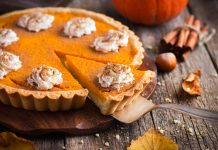National Pumpkin Day is observed annually on October 26th and celebrates the squash that is such an integral part of American culture with many recipes, competitions, and festivals. Use the hashtag #NationalPumpkinDay to find or post images on social media.
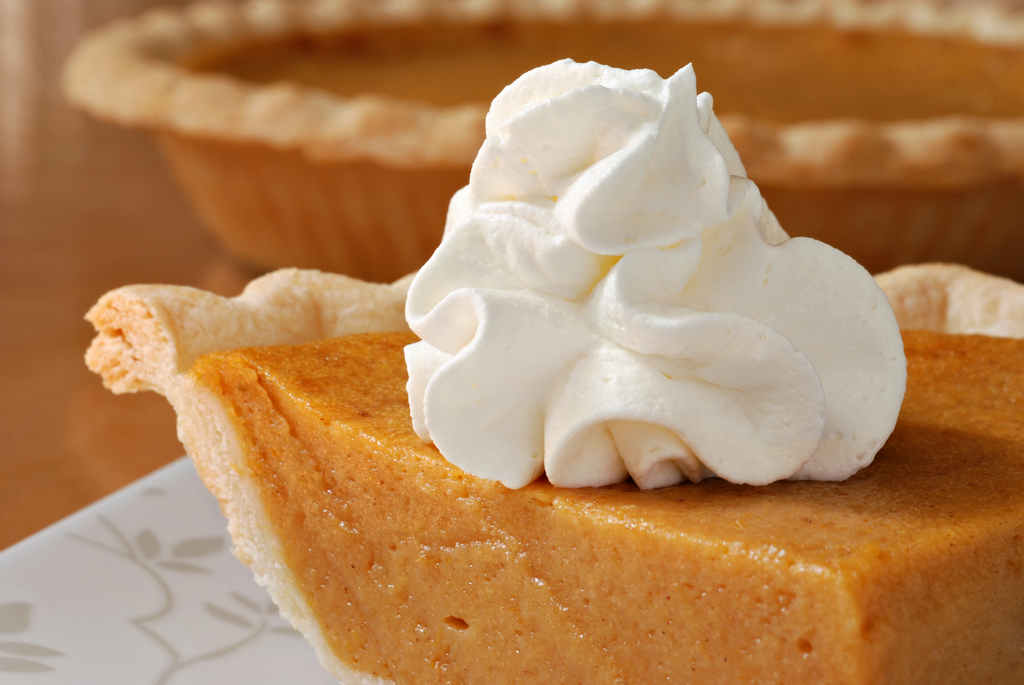


Pumpkins are a versatile vegetable used to make pies, cookies, coffee, cheesecake, pasta and oatmeal. But during the holiday season, pumpkin pie is the favorite choice. So, when you make a pumpkin pie, remember to make sure to cook it to the proper temperature and refrigerate it to be food safe!
- Learn about proper hygiene, cross contamination, cold and hot food safety, foodborne pathogens, and best practices to prevent foodborne illness.
- Food Manager Training & ANSI Certification - $99.00
- Food Handler Training - only $7.00!
- HACCP Training: 16hr/4hr/1hr
- Food Allergy Training - $15.00
- Enter Promo "train10off" at Checkout
Food Safety for Pumpkin Pies
Pumpkin pie is made with eggs and milk – so it must first be safely baked to a safe minimum internal temperature of 160°F. Other pies made with milk and eggs such as custard pie or cheese cake should be treated similarly.
Then, they must be refrigerated after baking. Eggs and milk have high protein and moisture content and when these baked products are left at room temperature, conditions are ripe for bacteria to multiply. It’s not necessary to refrigerate most other cakes, cookies or bread unless they have a perishable filling or frosting.
Pumpkin pies are a custard-style pie made by using potentially hazardous foods such as eggs and milk. Food temperature controls are especially important with foods classified as potentially hazardous.



According to the USDA, it is not safe to eat homemade pies with egg-based fillings that have been allowed to sit at room temperature for two hours or longer. The reason is that bacteria will grow rapidly when the homemade pie is kept at temperatures between 40°F and 140°F. To prevent foodborne illness, the pie should be refrigerated within two hours.
If a pie contains milk, cream and or eggs, it should be refrigerated. This includes milk and cream in any form – regular milk and cream (no matter what the fat content), buttermilk, sour cream, cream cheese, and evaporated and condensed milk products. Those ingredients contain high levels of protein and moisture that are fertile grounds for the growth of bacteria.
After cooking a pie, cool it at room temperature for only 30 minutes after removing it from the oven. Then, refrigerate it to complete the cooling. It’s okay to place the pie in the fridge if it’s still warm.
What if you don’t like your pumpkin pie cold? The safest way to warm your pumpkin pie is to reheat it in the microwave for 10 to 30 seconds right before you are ready to eat it. Only heat the slices of pie which will immediately be eaten in order to keep the rest of the pie safe to heat for the next meal.
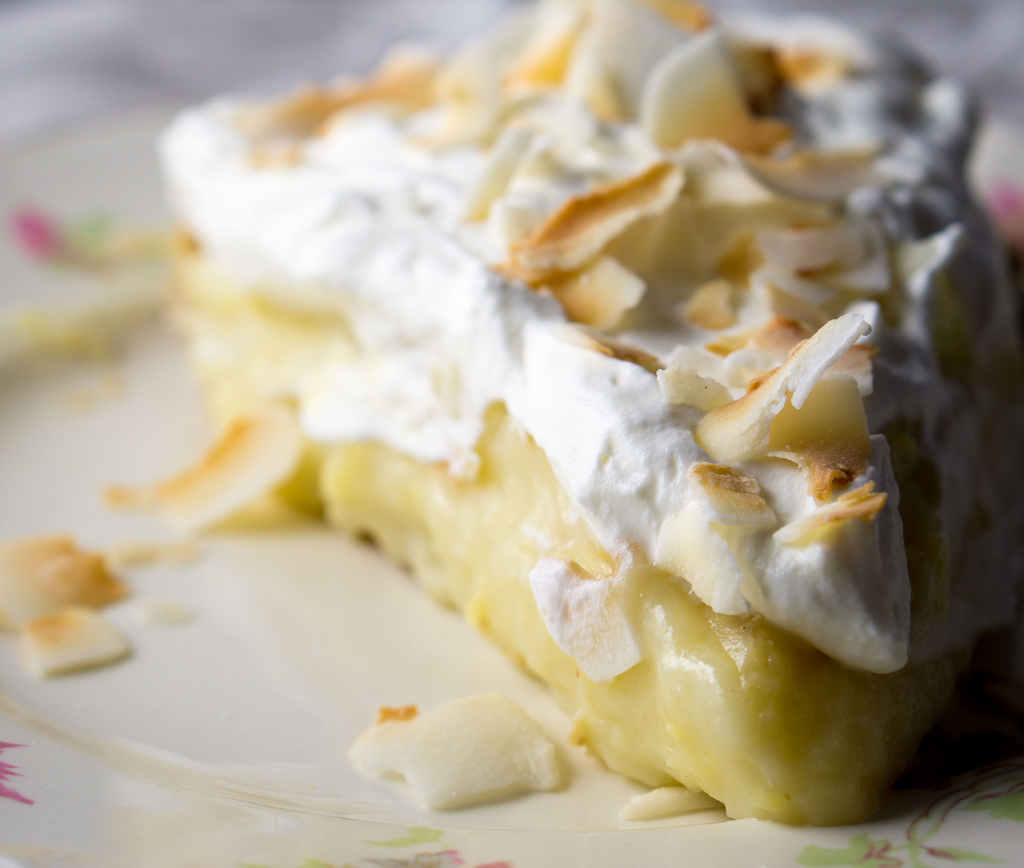


Store-Bought Pies at Room Temperature?
You may be wondering why it is then, that you see pumpkin or pecan pies on display at the grocery at room temperature. Food safety specialists point out, commercially produced pumpkin pies have preservatives and other ingredients added to make them shelf-stable to prevent germ growth for five days. This is identified by proper labeling found on the box or container. However, even those pies should be refrigerated for storage at home especially after they have been cut.
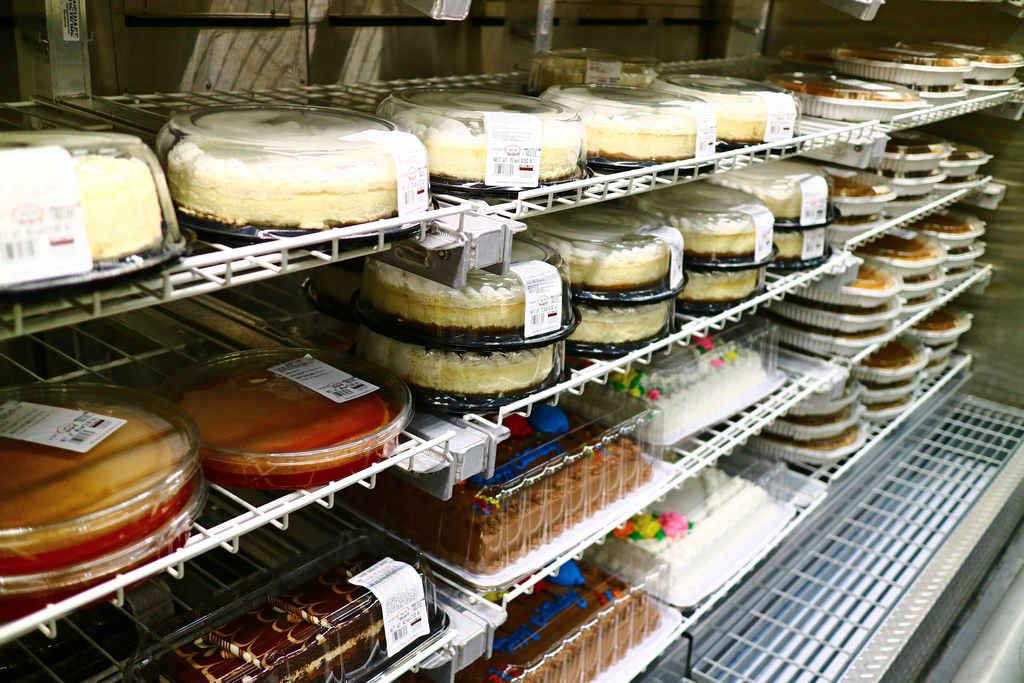


Temperature Danger Zone & The Two-Hour Rule
The temperature “Danger Zone” is the temperature range between 40°F and 140°F at which bacteria multiplies to the point that can cause foodborne illness
Pies with perishable ingredients can only be left out at room temperature for only 2 hours before they may become unsafe to eat.
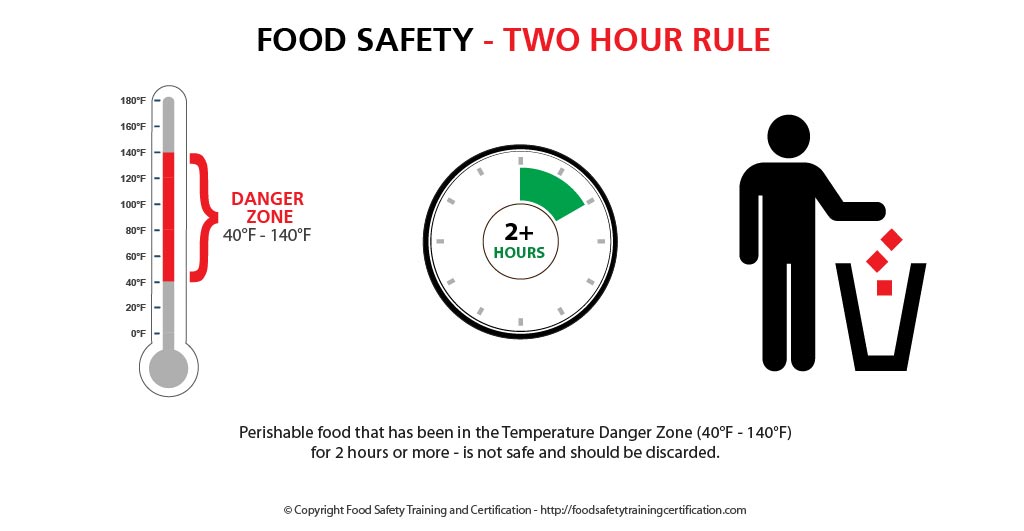


Summary
National Pumpkin Day is observed annually on October 26th. Pumpkin pies are made with perishable foods, such as eggs and milk, so they must be handled properly and then cooked to a safe internal temperature of 160°F.




